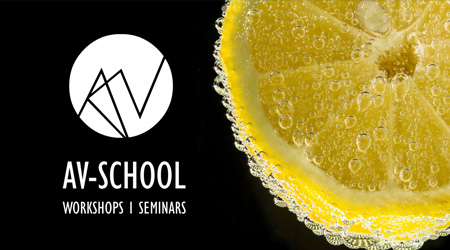Edit - Composition of 2D Graphics
Teaching Staff: Valianatos Thomas
Course Code: VIS333
Course Category: Specific Background
Course Type: Elective
Course Level: Undergraduate
Course Language: Greek
Delivery method: Lectures
Semester: 3rd
ECTS: 4
Teaching Units: 2
Teaching Hours: 2
E Class Page: https://opencourses.ionio.gr/courses/DAVA192/
Teaching Structure:
| Activity | Semester Workload |
|---|---|
| Lab Lectures | 13 |
| Lab Practice | 13 |
| Literature Study and Analysis | 48 |
| Practice and Preparation | 26 |
| Course Total (ECTS: 4) | 100 |
Recquired / Recommended : VIS230
Prerequisite to / Recommended to: VIS430, VIS630
This course presents the properties, possibilities and limitations of the digital tools currently used in the field of digital image processing. The issues examined include analogue image digitalisation, compression methods that are implemented, colour systems, image multiple layers, combinative use of processing tools, filters, effects, the use of mask and colour and tonal corrections. Moreover, advanced techniques of digital processing in special uses and applications of digital image are also explored. Particular emphasis is placed on expanding the perception concerning formative language (colour, tone, shape, synthesis) towards the creation of works of art.
The course aims to introduce the students in basic concepts for the creation of 2d digital graphics.
After the end of the course, the students will be able to know the basic concepts related to the processing of the digital image and create 2d graphics and digital painting for artistic media such as illustration, comics and 2d animation.
1st Week. Introduction to Illustrator. Tools.
2nd Week. Digital illustration. Techniques and methodology.
3rd Week. Digital illustration. Creating digital compositions for illustration in newspapers and magazines.
4th Week. Digital coloring. Tools and techniques.
5th Week. Digital coloring. Coloring in comics and illustrations.
6th Week. Progress. Delivery and presentations.
7th Week. Introduction to photoshop. Tools and techniques.
8th Week. Character design. Creating digital characters for animation and illustration.
9th Week. Digital image editing.
10th Week. Digital painting. Creation of digital compositions.
11th Week. Digital painting. Creation of digital compositions based on matte painting technique.
12th Week. Progress. Delivery and presentations.
13th Week. Repetitions.
Digital Painting Techniques: Practical Techniques of Digital Art Masters (Digital Art Masters Series, "3dtotal.Com”, 2009
Hi-Fi Color for Comics: Digital Techniques for Professional Results, Brian Miller & Kristy Miller, IMPACT, 2008
Creating Characters with Personality: For Film, TV, Animation, Video Games, and Graphic Novels, Tom Bancroft, Watson-Guptill, 2006
(a) Lectures combined with assignment of work to each student. (b) Empirical artistic production process with emphasis on research. The student in this process, does not only acquire knowledge but also develops skills that allow him to research with his own strengths.
Enhanced by multimedia content.
The learning process is supported by the asyncrhonous e-learning platform e-class.
Progress and assessment of the course is implemented by delivering artistic work during the semester and is completed with a total delivery of completed works at the end of the semester.
Back



 Edit - Composition of 2D Graphics
Edit - Composition of 2D Graphics







